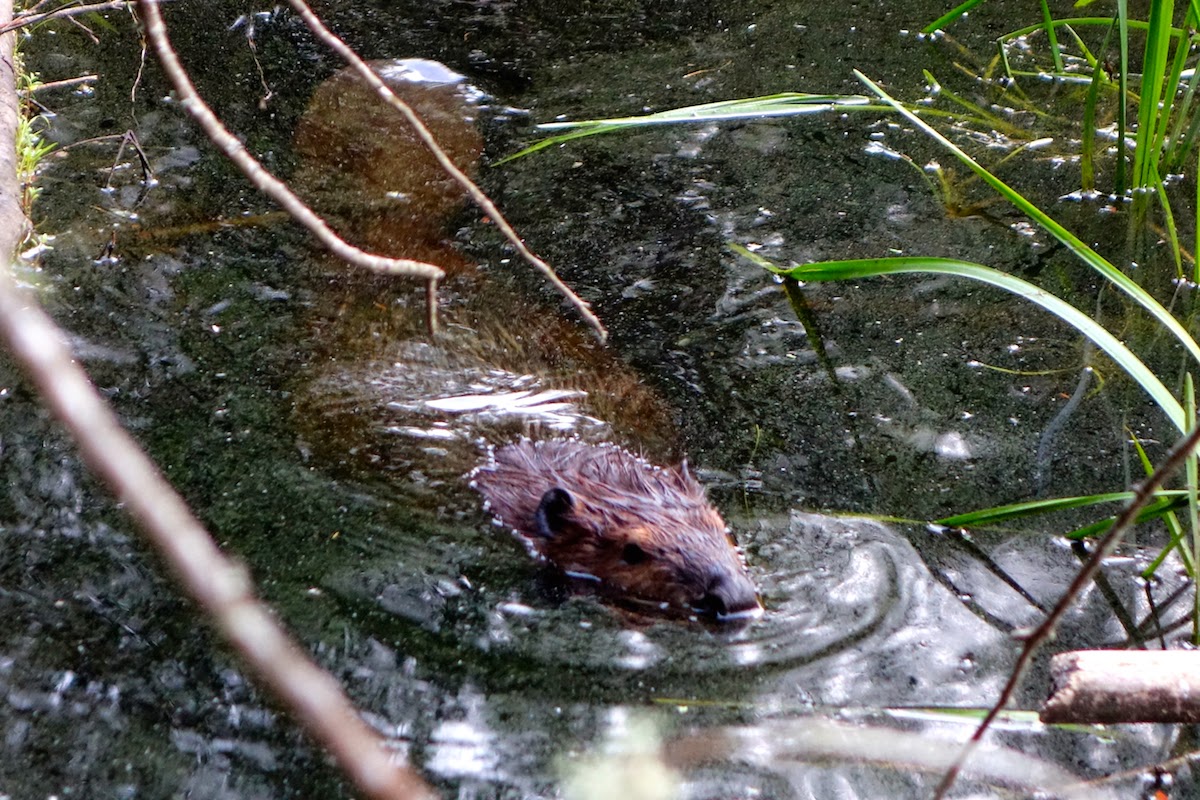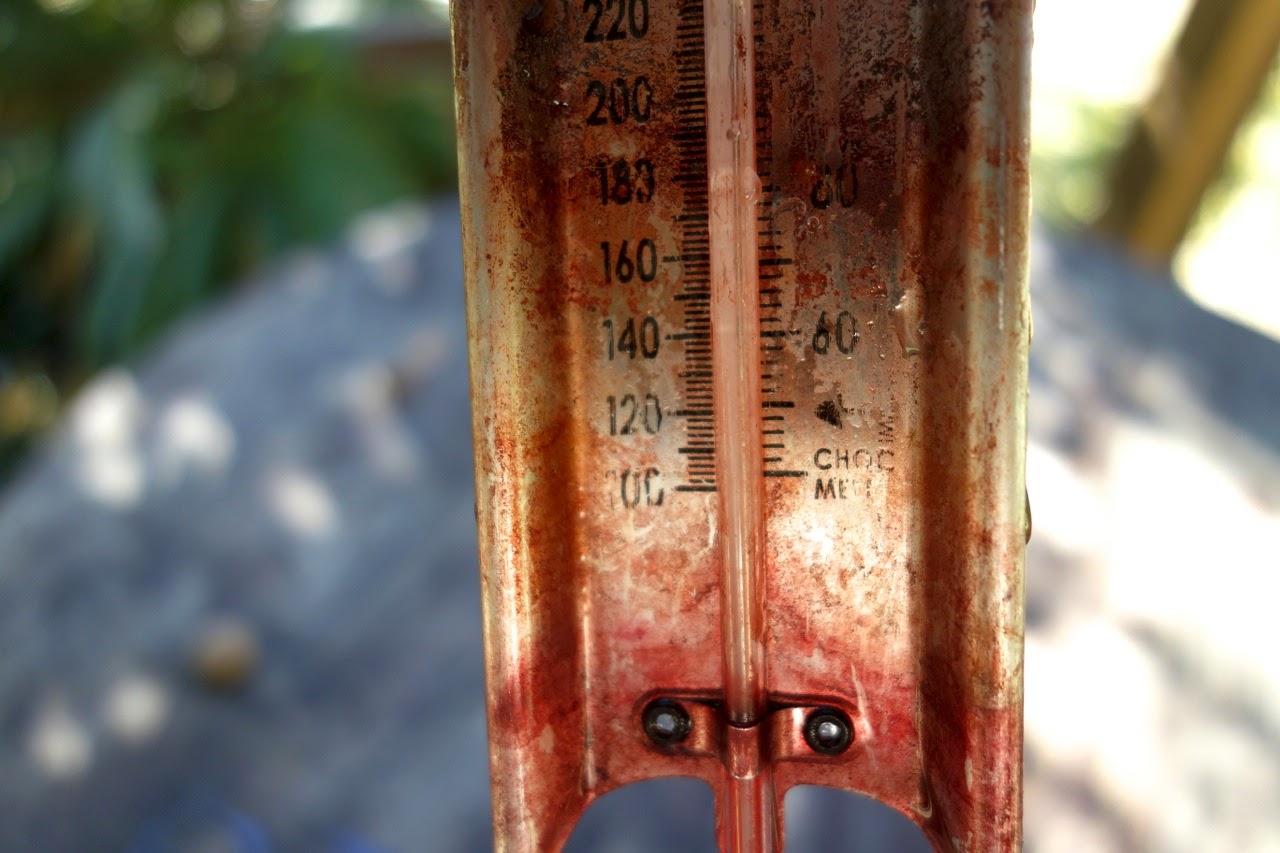Until a few weeks ago it still felt like summer to me— since, heck, it was 90 degrees in Phoenix — but the turning chill in the air reminds me that time is moving on. So before it gets any later in the year, it’s time to look back and catch up on a few remaining summer stories.
Since I was back in Vermont, one of the themes for my summer knitting was to revisit the patterns I wrote when I lived and breathed this landscape. One was the madder-dyed Vermont Shawl that I gushed about last time; the other was a rich green Sprout Blanket (details here).
Sprout was one of the first patterns I wrote, actually, and it’s still one of my favorites. I love the yarn. I love how the leaves pop out of the fabric in lush three-dimensionality. And I love the deep textures on the back of the blanket.
It was interesting, though, to knit it again, because it had been so long that it was like knitting a new pattern. I used to know the chart well enough that I scarcely needed to glance at it — but this time I really felt how challenging it is, how much attention it demands, when you come to this pattern for the first time. It was a good experience of the teacher feeling like a beginner again.
And it was just as well, since one of my goals was to issue a new version of the pattern with line-by-line instructions. Phew! It’s all up on Ravelry now (click here) so head on over there if you’d like to download the updated version or buy it for the first time.
Since I was back in Vermont, one of the themes for my summer knitting was to revisit the patterns I wrote when I lived and breathed this landscape. One was the madder-dyed Vermont Shawl that I gushed about last time; the other was a rich green Sprout Blanket (details here).
Sprout was one of the first patterns I wrote, actually, and it’s still one of my favorites. I love the yarn. I love how the leaves pop out of the fabric in lush three-dimensionality. And I love the deep textures on the back of the blanket.
It was interesting, though, to knit it again, because it had been so long that it was like knitting a new pattern. I used to know the chart well enough that I scarcely needed to glance at it — but this time I really felt how challenging it is, how much attention it demands, when you come to this pattern for the first time. It was a good experience of the teacher feeling like a beginner again.
And it was just as well, since one of my goals was to issue a new version of the pattern with line-by-line instructions. Phew! It’s all up on Ravelry now (click here) so head on over there if you’d like to download the updated version or buy it for the first time.





















































